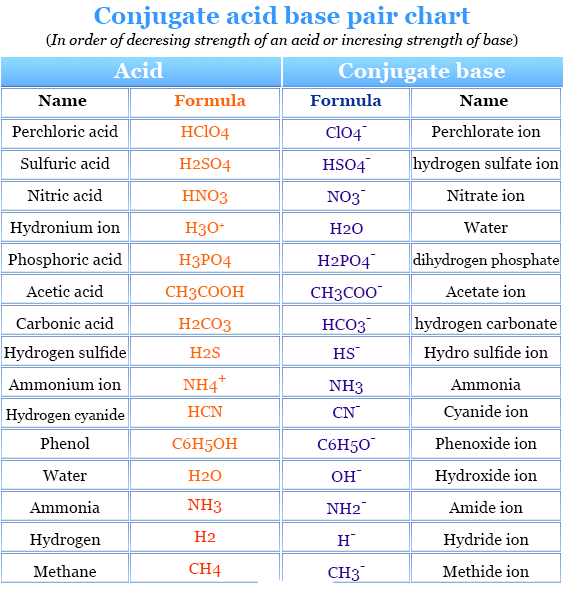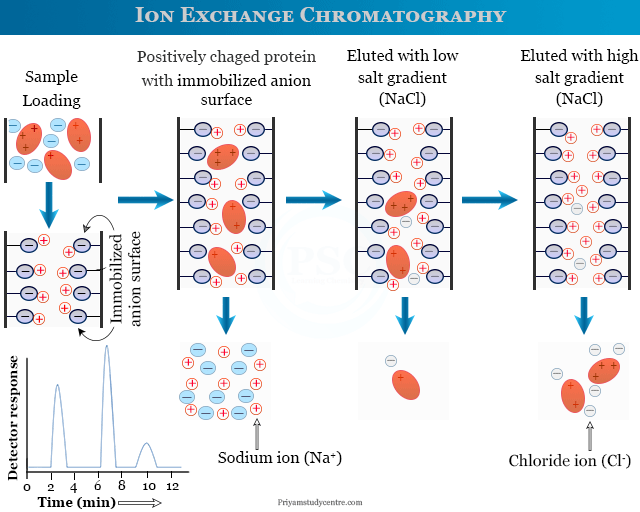-
About
- About Listly
- Community & Support
- Howto
- Chrome Extension
- Bookmarklet
- WordPress Plugin
- Listly Premium
- Privacy
- Terms
- DMCA Copyright
- © 2010-2025 Boomy Labs


 kajal-panda
kajal-panda
Listly by kajal-panda
Chemistry Topics for school college education

Hemoglobin is a high spin Fe (II) complex coordinated by the four nitrogen atoms of protoporphyrin and fifth position is bound to the nitrogen atom of an imidazole group in histidine residue. When…

Borax, commonly written as sodium tetraborate decahydrate, Na2[B4O5(OH)4], 8H2O is an important chemical compound of boron. The borax anion has two BO4 tetrahedral units and two planar BO3 units. The structure of borax is given below the picture,

Conjugate acid base pair definition is independently proposed by Bronsted-Lowry in 1923. According to them, an acid is any hydrogen containing material like molecule, cation, or anion that can…

States of matter in physics or chemistry define one of the distant forms in which the aggregation of molecules occurs in nature. The various kinds of substances that made up matter can be divided…

Sulfur is the group 16 or group-6 element of the periodic table. The elements of the sulfur group are collectively called chalcogens from the greek latter chalcos. It forms a large number of…

Rare earth elements or rare earth metals are the 17 elements such as scandium, yttrium, and 14 lanthanides elements of the periodic table uses widely in different fields of industries. Scandium and…

Density formula for crystal lattice, liquid, and gases is the measurement of mass per unit volume at a given temperature and pressure. It is expressed by the symbol ρ or D. Mathematically density is…

Ion exchange resins or ion exchange polymers are white or yellowish, fabricated resins or polymers that have reactive OH, COOH, HSO3 groups in their exchange sites. In 1935 Adam and Holmes prepared…

It is essential to consider some important applications of continuous analysis in environmental monitoring. Environmental pollution analysis is based upon the analysis of a large number of samples…

Periodic trends are the properties of periodic table elements which are largely untestable by the electronic configuration of chemical elements. Electronegativity, ionization energy, electron…

The paper chromatography experiment was introduced In 1944 by Consden, Gorden, and Martin. In the paper chromatography technique, a sheet of filter paper is used as a stationary phase and mobile…

Ion exchange chromatography is a process for the separation and purification of cations and anions based on their affinity to the ion exchange resin. Ion exchange chromatography is mostly applicable…

Polymers are said to be linear if the repeating unit is joined together like a chain. The chain may be branched or joined together by cross-links of both. Thus more extensive cross-linking may lead…

Renewable energy or clean energy is useful energy that comes from natural renewable sources like sunlight, wind, rain, tides, waves, and geothermal heat. Renewable energy is considered a new…

Atomic Absorption Spectroscopy (AAS) instrument or technique uses in analytical chemistry in rapid trace metal analysis with Instrumentation and application

Sources of energy renewable and non-renewable natural resources such as solar, wind, geothermal, hydropower, ocean and biomass types of energy

Advantages and Disadvantages of wind energy that produces electricity by converting the kinetic energy of air into electrical energy by wind turbines

Heavy water or deuterium oxide chemical formula D2O uses in nuclear reactors, physical and chemical properties, facts, and other heavy forms of water

Hydrochloric acid also called muriatic acid is an aqueous solution of hydrogen chloride with the chemical formula HCl. It is a strong corrosive acid that is formed when a hydrogen and chlorine atom are connected with a single covalent bond for more information about Hydrochloric Acid (HCl)
